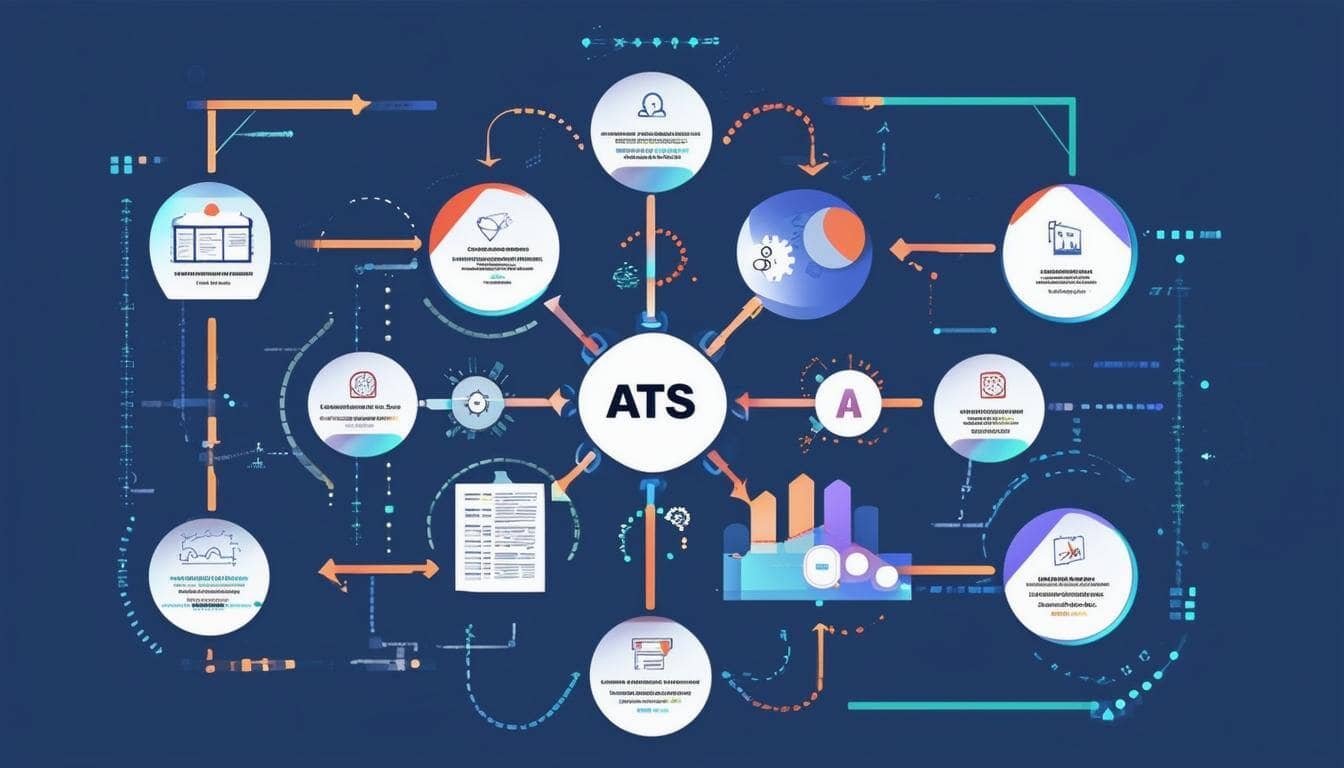Think of Bitcoin’s Accumulation Trend Score (ATS) as a pulse monitor for the crypto market, revealing whether big players are hoarding or offloading BTC. In May 2025, with Bitcoin at $82,000, per CoinGecko, and a $1.62T market cap, per CoinMarketCap, understanding ATS during distribution phases—when whales sell—can sharpen your trading edge. For beginners and crypto fans, this 2025 guide simplifies how to analyze ATS, spot distribution signals, and trade smarter, like learning to read a market’s heartbeat. Let’s dive in with a clear, step-by-step approach.

What Is the Accumulation Trend Score?
Developed by Glassnode, ATS measures wallet accumulation or distribution, scoring from 0 (distribution) to 1 (accumulation), per glassnode.com. At $82,000, Bitcoin’s ATS of 0.7, per @santimentfeed, signals moderate accumulation despite whale sales. Here’s why it matters in 2025.
1. Tracking Whale Behavior
Whales (wallets with 1,000+ BTC) hold 2.2M BTC, per @ali_charts. ATS spikes to 0.9 when they buy, like during March 2025’s $75,000 dip, per cryptopotato.com, or drops to 0.2 during sales, signaling distribution, like a pulse quickening or slowing.
2. Distribution Phase Signals
Distribution occurs when BTC peaks, like $103,330 in December 2024, per coindesk.com. ATS below 0.5, with high exchange inflows (e.g., 50,000 BTC to Binance, per @santimentfeed), flags whale selling, per tradingview.com, like traders cashing out at a market top.

3. 2025 Market Context
Bitcoin’s 12% volatility, per CoinCodex, and $5.1B daily volume, per CoinMarketCap, amplify distribution risks. ATS at 0.7, with 60% bullish sentiment, per @ali_charts, suggests accumulation but warns of profit-taking, per cryptotimes.io, like a pulse steady yet tense.
How to Analyze ATS in Distribution Phases
Spotting distribution via ATS helps time trades, per glassnode.com. Here’s how to analyze it in May 2025, per @santimentfeed and TradingView.
1. Monitor ATS Levels
Check Glassnode or Santiment for ATS. Scores below 0.5, like 0.3 in January 2025, per cryptopotato.com, signal distribution, often with RSI above 70 (overbought), per CoinCodex. An ATS of 0.7 now suggests cautious accumulation, per @ali_charts.
2. Watch Exchange Flows
High inflows (e.g., 30,000 BTC to Coinbase, per @whale_alert) with low ATS (below 0.4) confirm distribution, per cointelegraph.com. Net outflows, like 20,000 BTC in April 2025, per cryptotimes.io, with ATS above 0.8, signal buying, like a pulse signaling strength.
3. Combine with Indicators
Pair ATS with MACD (bearish cross, per TradingView) and on-chain metrics like 1.5M active addresses, per @santimentfeed. A falling ATS with high SOPR (profit-taking), per glassnode.com, flags distribution, like a monitor beeping a warning.

Trading Strategies Using ATS
With BTC’s $82,000 price and ATS at 0.7, per CoinGecko, here are two beginner-friendly strategies, per tradingview.com.
1. Shorting Distribution Phases
When ATS drops below 0.4 with high inflows, short BTC at $82,000, targeting $78,000, per @ali_charts. Set stop-loss at $84,000, per CoinCodex, and exit if RSI hits 30 (oversold), like selling gear before a storm.
2. Buying Accumulation Dips
If ATS rises above 0.8 with outflows, buy at $78,000 support, per cryptopotato.com, aiming for $88,000, per @rektcapital. Stop-loss at $76,000, per TradingView, like grabbing supplies when the pulse steadies.
Risks and Challenges
BTC’s 12% volatility risks 10% drops, per CoinCodex. False ATS signals, like February 2025’s 0.6 score during sideways trading, per cointelegraph.com, mislead traders. Scams hit 2% of BTC wallets, costing $15M in 2024, per @PeckShieldAlert. Regulatory uncertainty in 30% of countries, per Forbes, adds pressure.
How to Start Analyzing ATS in 2025
Ready to read Bitcoin’s pulse? Here’s a beginner’s guide, per CoinGecko and @invest_answers.
1. Access ATS Data
Sign up for Glassnode ($29/month) or Santiment ($49/month), per glassnode.com, to view ATS. Free alternatives like CryptoQuant show inflows, per cryptoquant.com, like checking a basic pulse monitor.
2. Set Up Trading Tools
Use TradingView for RSI and MACD, and track wallets like bc1q…9hz6, moving 5,000 BTC, per bitquery.io. Deposit $100 USDT on Binance to trade $95 BTC ($82,000 price, per CoinGecko), with $0.50 fees, per CoinMarketCap.
3. Stay Updated
Follow @santimentfeed for ATS updates and @ali_charts for signals. Join Bitcoin’s 80,000-member Telegram, per coindesk.com. Monitor ATS (0.7, neutral), per cryptotimes.io, on Santiment.

Master Bitcoin’s Pulse in 2025
Bitcoin’s ATS, at 0.7 with a $82,000 price, per CoinGecko, is your 2025 market pulse, signaling whale moves in distribution phases, per @santimentfeed. Short BTC at ATS below 0.4, buy dips above 0.8, and pair with RSI, per TradingView, but dodge 12% volatility and 2% scam risks, per @PeckShieldAlert. Start with $100: trade $95 BTC on Binance, track @rektcapital, and use Glassnode. With 2.2M BTC in whale hands, per @ali_charts, ATS is your guide—read the pulse and trade sharp!






















